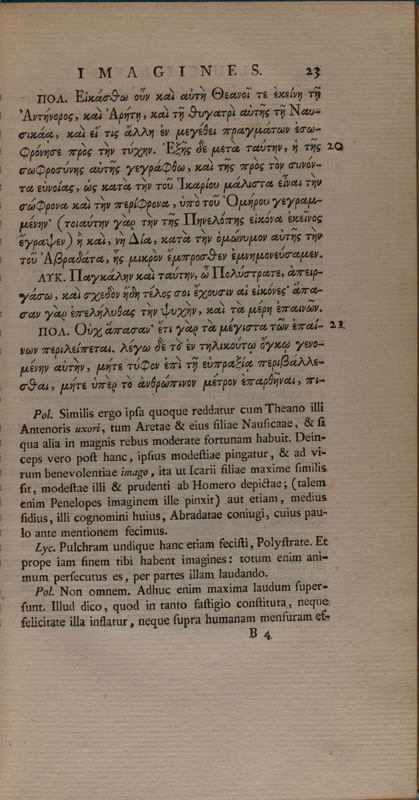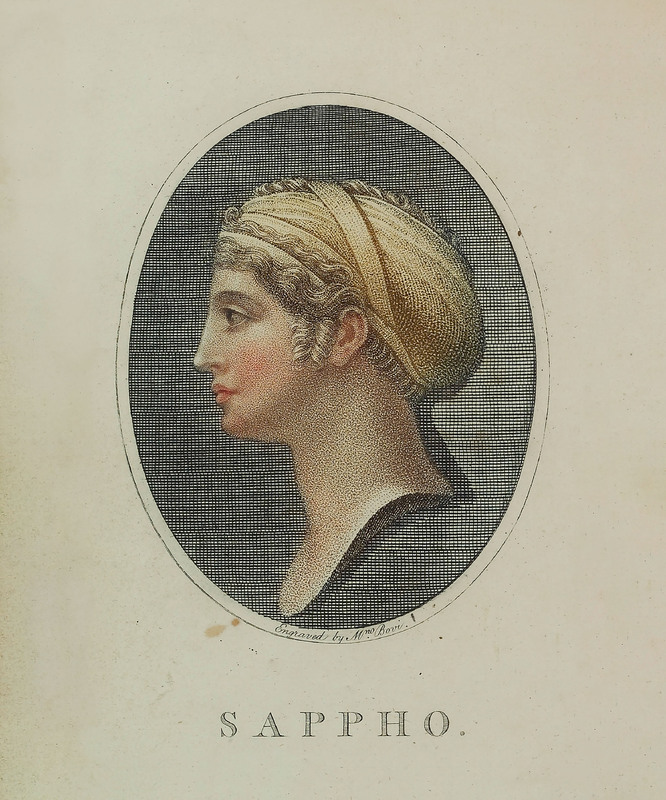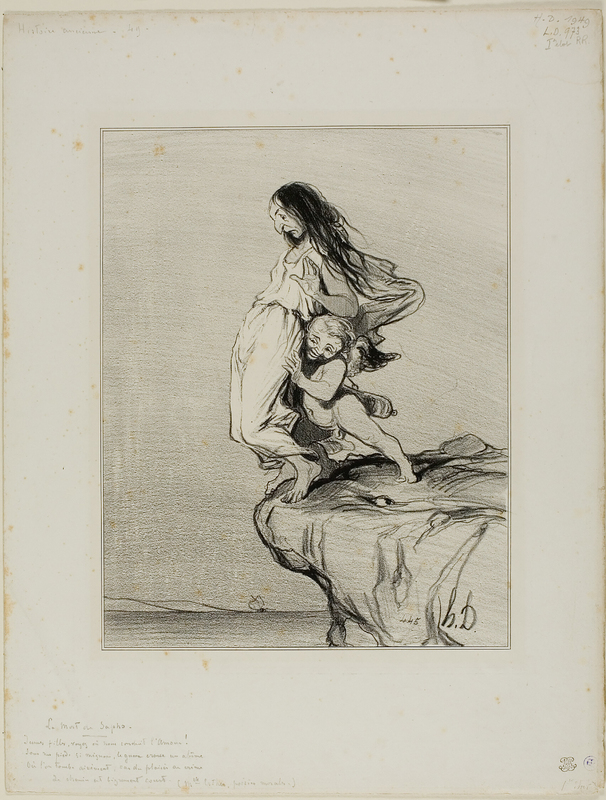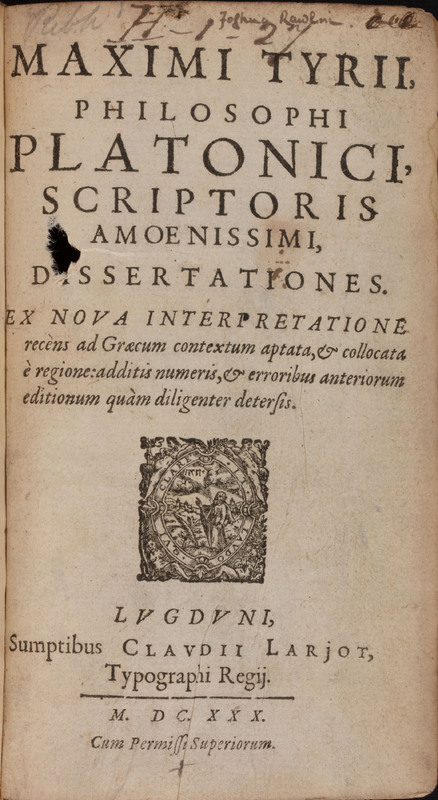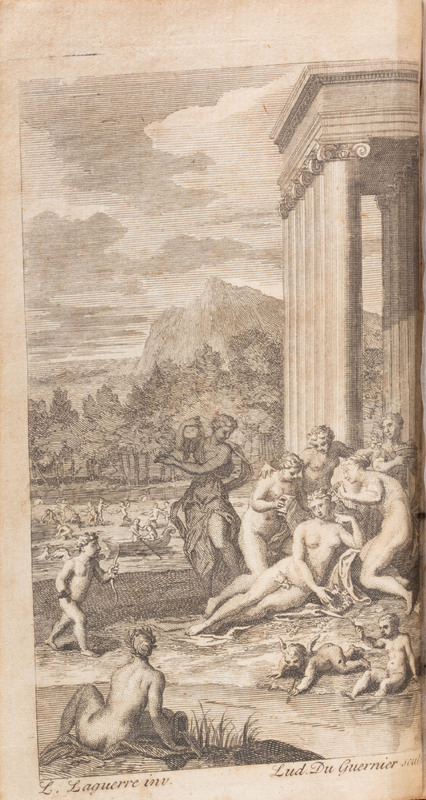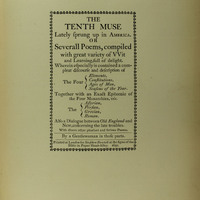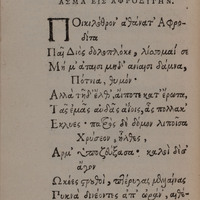Exhibit Contents

ἄγι δὴ χέλυ δῖα † μοι λέγε †
φωνάεσσα † δὲ γίνεο †
Come, divine lyre—speak for me,
and speaking, be.
Sappho, Fr. 118
trans. Elissa B.G. Mullins
Descriptions of Sappho linger on her purported ugliness; Lucian of Samosata (124-180 CE) “very ill-favored, being small and dark, like a nightingale with ill-shapen wings enfolding a tiny body.” Maximus of Tyre (second century CE) later echoed Lucian’s description: noting that while Socrates called the poet beautiful, it was “only because her verse was beautiful; she herself was small and dark.” Writing centuries after she lived, and without recounting sources, one obviously can’t take these comments as an accurate description of the person, but it does invite questions as to how we should interpret her possible appearance – not just for curiosity’s sake, but to understand how other readers and critics literally “see” her, and what that in turn says about them.
A nineteenth century portrait by the French artist Honoré Daumier (1808-1879) depicts a caricature of Sappho being pushed to the edge of the Leucadian cliffs by a sinister-looking cupid. In “Sappho’s Death,” the poet is conspicuously “dark,” her hair bedraggled, her nose meant to evoke anti-Semitic stereotypes. Originally published in the illustrated magazine Le Charivari, a French precursor to the English magazine Punch, the series was also meant to be more humorous and less political. We might therefore ask, what exactly is funny about suicide and racial anxiety? In contrast, the British painter Simeon Solomon (1840-1905) shows Sappho in a more classically traditional style, with laurels in her hair and her lyre sitting nearby, in Sappho and Erinna in a Garden at Mytilene. In this image, the poet has dark hair and olive skin; scholars have debated the model for the painting, though it is highly likely that it was Keomi (Keytumus Bonnett née Gray, 1841-1914). Keomi was a model popular with the Pre-Raphaelite Brotherhood, figuring heavily in the paintings of Solomon, her lover Frederick Sandys (1829-1904), and of the Rossettis. Of Romany descent, she was often depicted as various mythological Greek figures including Cassandra and Medea. Extant drawings by Solomon experiment with the composition for the painting, including a draft in which Sappho looks on longingly at Erinna with a male companion. The portrayals arguably explore a spectrum of same-sex desire, from hidden longing to an actual embrace; queerness was a common theme in his work, sometimes subtle and often not.
Works Included
